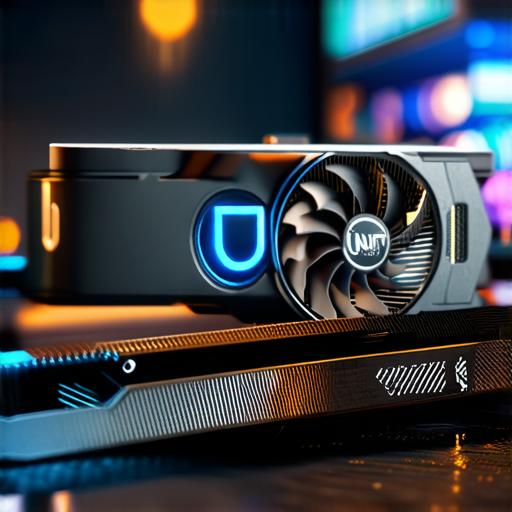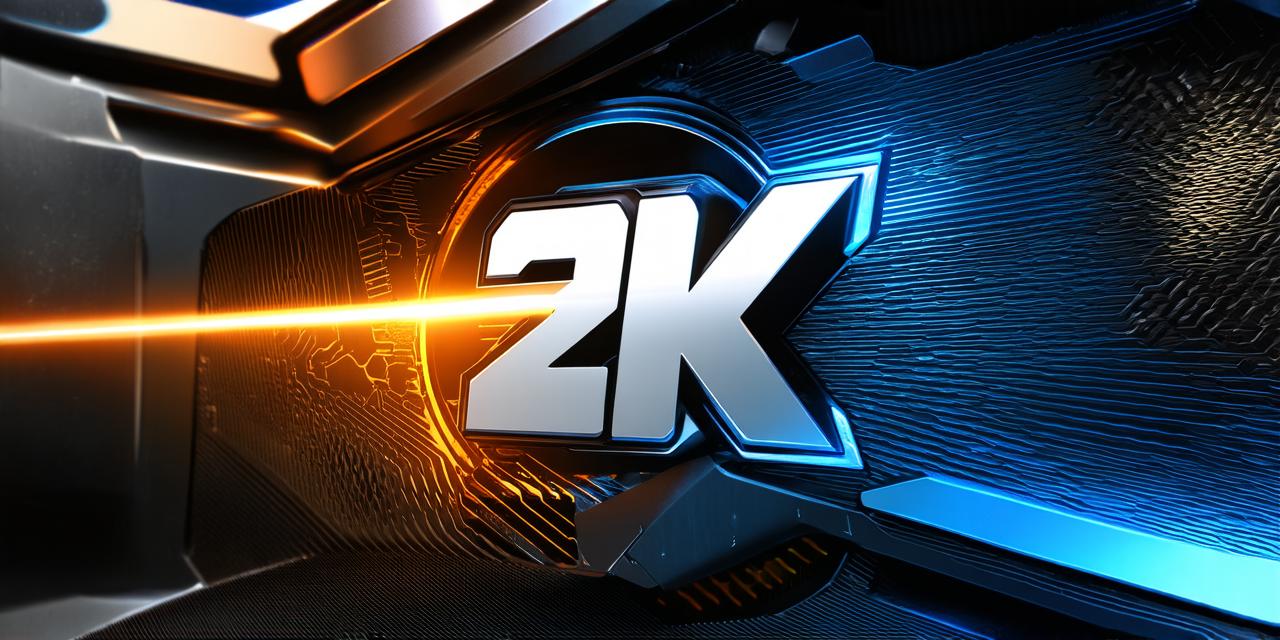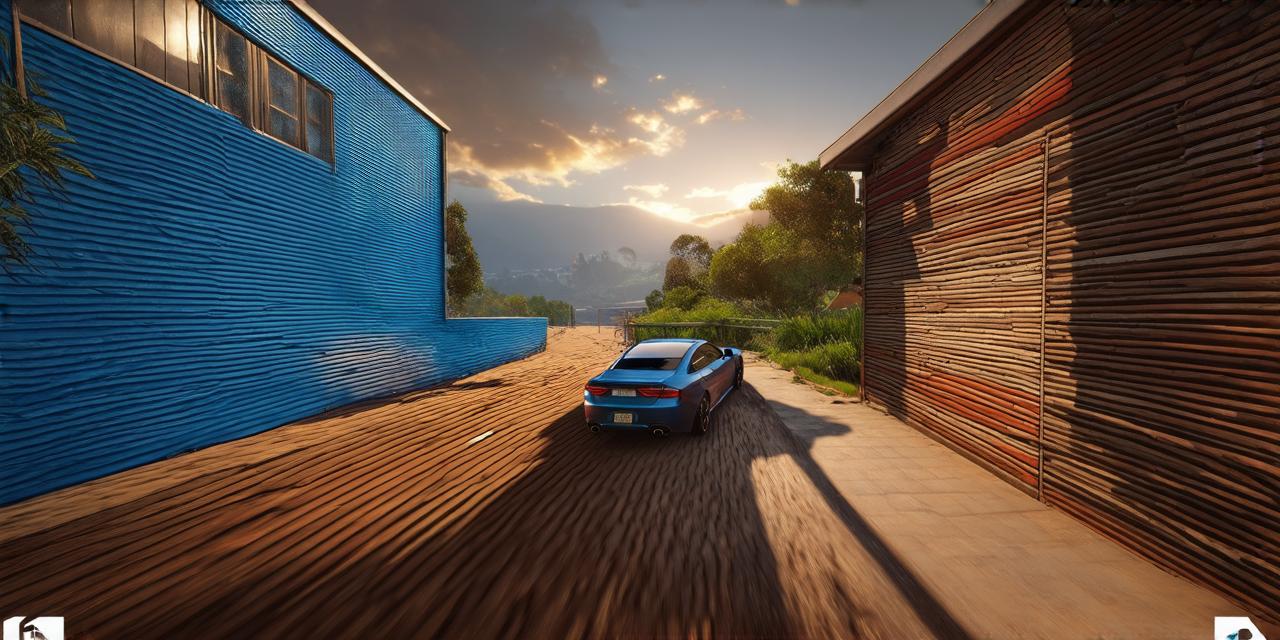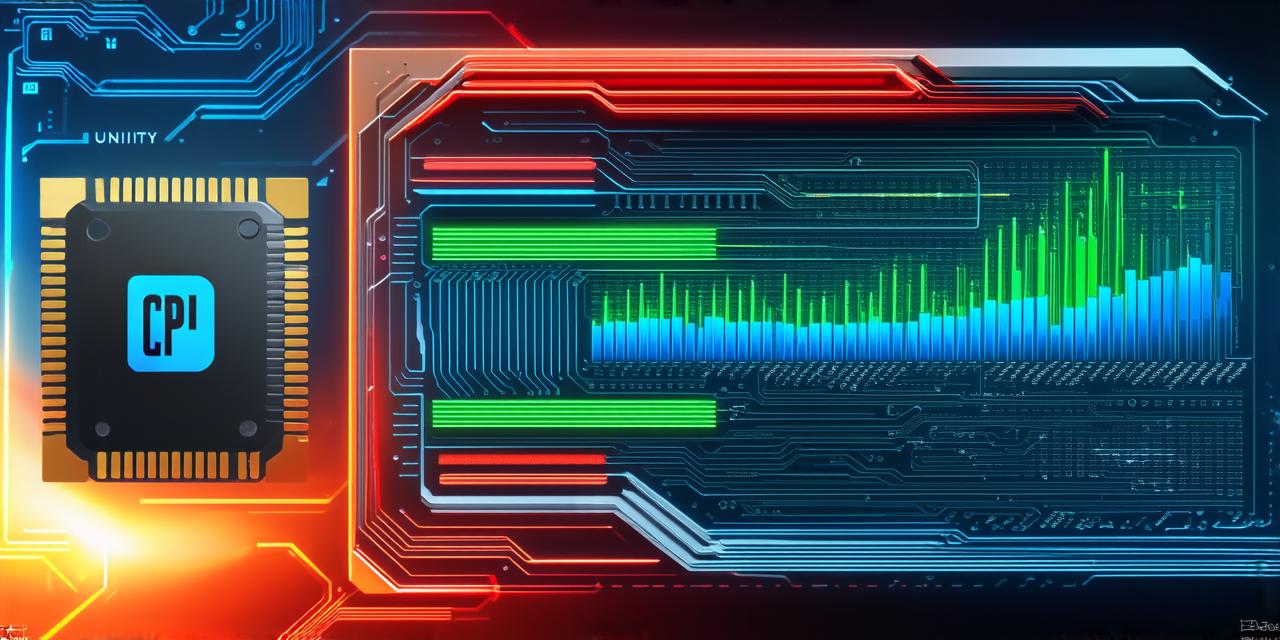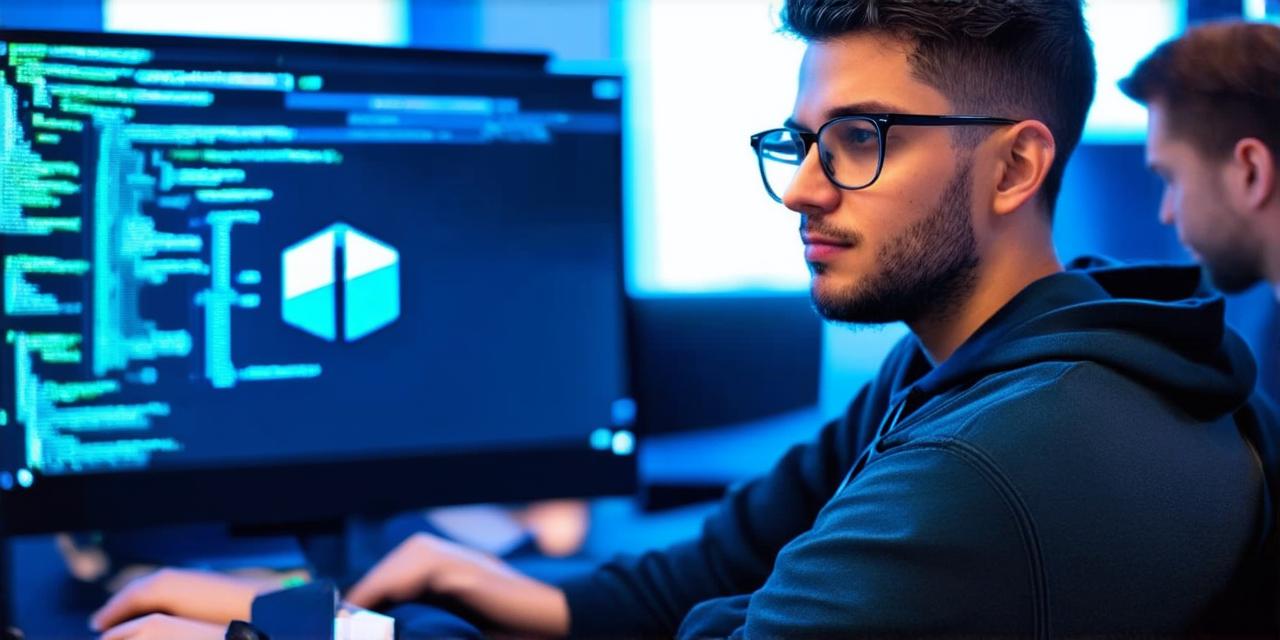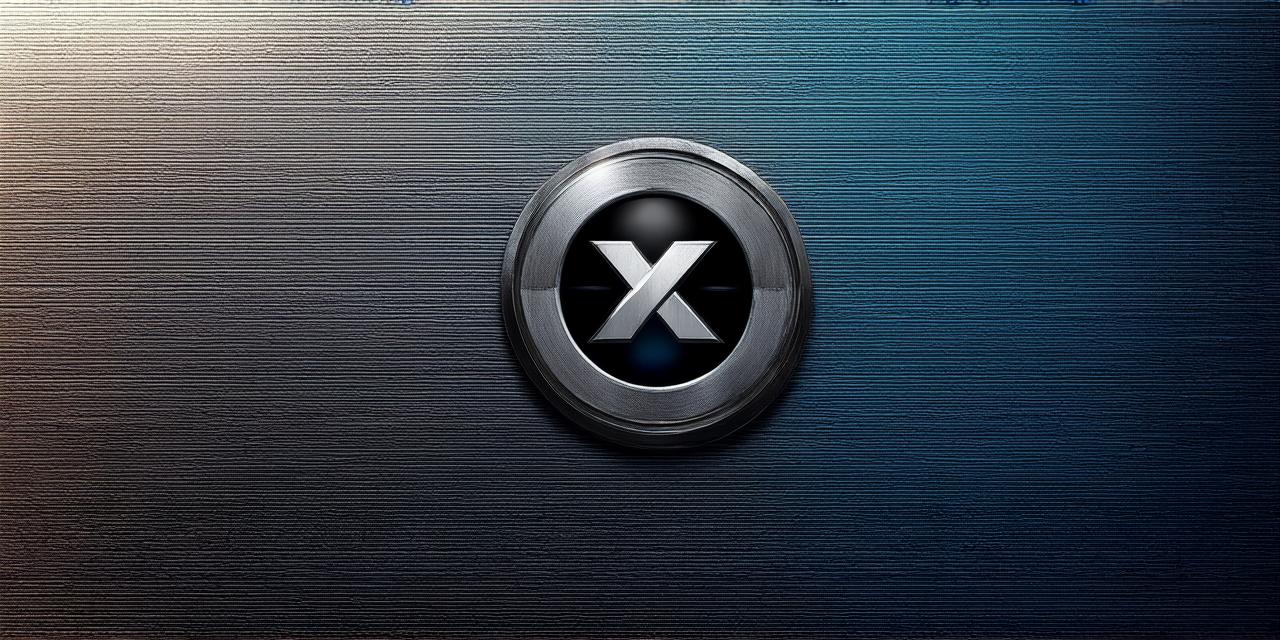Understanding Graphics Cards
Before we dive into whether or not a graphics card is required for Unity 3D, it’s important to understand what a graphics card is and what it does. A graphics card, also known as a GPU (Graphics Processing Unit), is a specialized type of computer chip that is designed to handle the graphical and visual operations of a computer system. This includes rendering 3D models, textures, and animations, as well as handling complex calculations required for physics and shaders.
Why Unity 3D Needs Graphics Cards
Unity 3D is designed to work with both CPU (Central Processing Unit) and GPU. However, the majority of the graphical and visual operations in Unity 3D are handled by the GPU, which makes it a powerful tool for creating high-performance and immersive games and applications.
Without a graphics card, Unity 3D will still run on your computer system, but it will do so at a much slower rate. This is because the CPU, which handles all the non-graphical operations in a computer system, will have to handle both the graphical and visual operations of Unity 3D, which will slow down the overall performance of your computer system.
In addition, some features of Unity 3D, such as real-time ray tracing and complex shaders, require a dedicated graphics card in order to run smoothly and efficiently. These features are not optimized for CPU-based rendering, which means that they will run much slower without a graphics card.
When Do You Need a Graphics Card for Unity 3D?
If you are planning on creating games or applications that require high-performance graphics and visual effects, then it’s highly recommended that you have a dedicated graphics card in your computer system. This will not only ensure that your computer system runs smoothly and efficiently while running Unity 3D, but it will also allow you to take advantage of the full range of features and tools offered by Unity 3D.
However, if you are working on simple games or applications with basic graphics and visual effects, then a dedicated graphics card may not be necessary. In this case, you can still run Unity 3D on your computer system using the integrated graphics (IGP) that is built into your CPU. However, keep in mind that the performance of Unity 3D may be slower and less efficient compared to running it with a dedicated graphics card.
Conclusion
In conclusion, while Unity 3D can run on your computer system without a graphics card, the performance will be much slower and less efficient compared to running it with a dedicated graphics card. If you plan on creating games or applications that require high-performance graphics and visual effects, then it’s highly recommended that you have a dedicated graphics card in your computer system.
